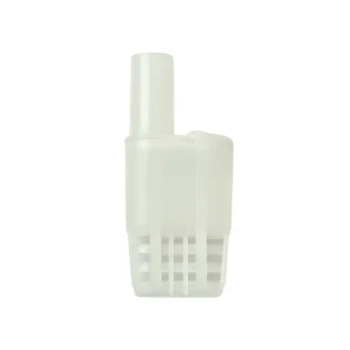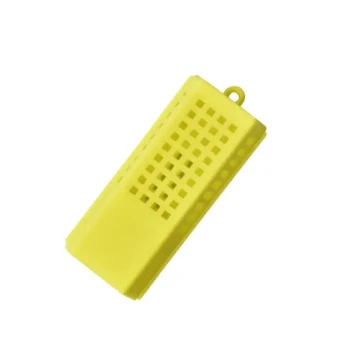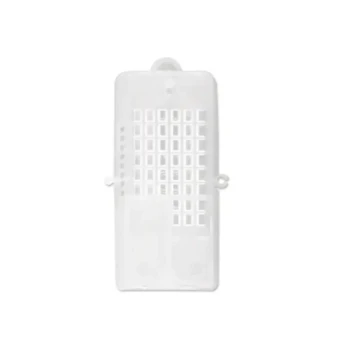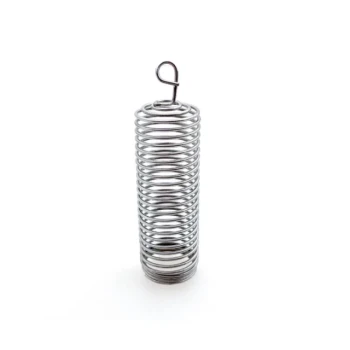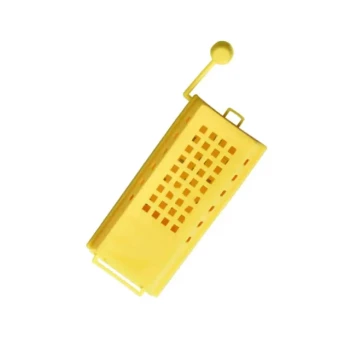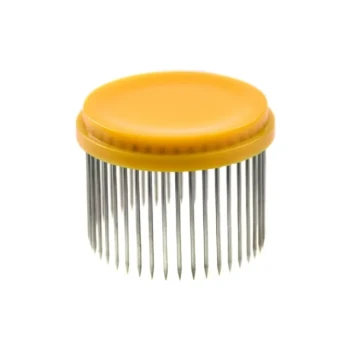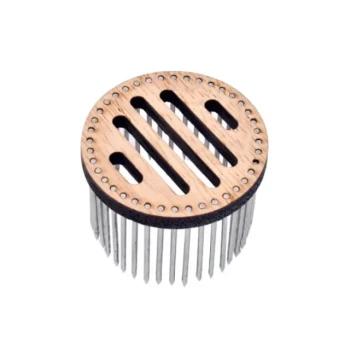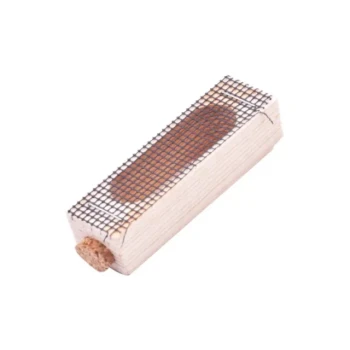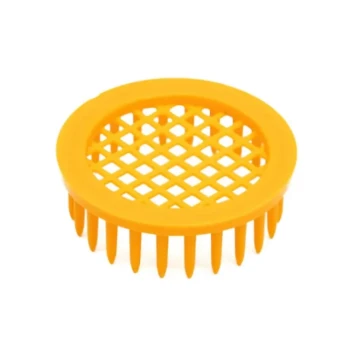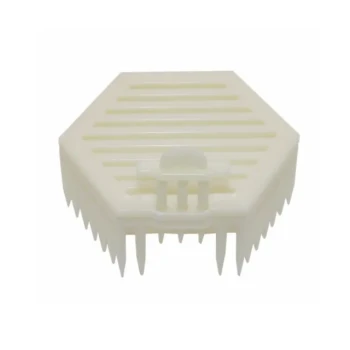To resolve the queenless state of a new nuc, you have two primary options. You can either introduce a commercially purchased, mated queen for a fast and predictable outcome, or you can allow the worker bees in the nuc to raise their own emergency queen, provided you have given them a frame with fresh eggs.
The choice you make is a fundamental trade-off between time and resources. Introducing a mated queen ensures a faster path to a productive colony, while letting the bees raise their own is free but involves a longer, more uncertain timeline.
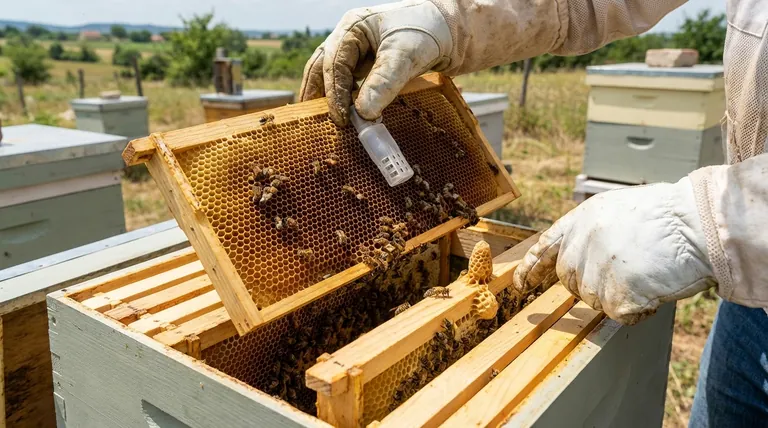
The Two Paths to a Queenright Nuc
When you create a nucleus colony by splitting a larger hive, you intentionally leave it queenless. Its survival now depends on getting a new, laying queen established as efficiently as possible.
Option 1: Introducing a Mated Queen
This is the most direct method. You purchase a mated queen from a reputable breeder, who arrives in a small cage with a few attendants.
The caged queen is placed between the frames inside the nuc. The bees will slowly acclimate to her pheromones and, over several days, chew through a candy plug in the cage to release her.
This method provides a new queen with known genetics who is ready to begin laying eggs almost immediately after being accepted and released.
Option 2: Raising an Emergency Queen
This method leverages the bees' natural survival instincts. If a nuc is queenless but contains frames with freshly laid eggs (no more than three days old), the worker bees will identify this and begin emergency procedures.
They will select several larvae and begin feeding them a special diet of royal jelly. This transforms the larvae into queens, housed in distinctive, peanut-shaped queen cells.
While the nuc will often build ten or more queen cells, only one queen will ultimately survive to lead the colony.
Understanding the Trade-offs
Neither method is universally superior. The correct choice depends entirely on your goals, timeline, and tolerance for risk.
The Case for a Purchased Queen: Speed and Certainty
The primary advantage of introducing a mated queen is the significant reduction in the broodless period. A productive colony needs a constant cycle of new brood, and a purchased queen can start laying within days.
This speed is critical for building up the nuc's population quickly, making it a stronger and more resilient colony heading into winter or a nectar flow. The success rate is also generally higher.
The Case for a Self-Raised Queen: Cost and Local Genetics
The most obvious benefit of letting the nuc raise its own queen is that it is free. You do not have to purchase a queen.
Furthermore, the new virgin queen will mate with local drones. This can be advantageous for creating bees that are genetically adapted to your specific climate and environment. Colonies also tend to readily accept a queen they have raised themselves.
The Critical Risk: The Mating Flight
The biggest drawback to raising your own queen is the timeline and the risk associated with her mating flight. It takes approximately 28 days from the day an egg is laid until a new queen is mated and begins laying her own eggs.
During this month-long period, the nuc is vulnerable. The virgin queen must leave the hive on a dangerous flight to mate. She could be eaten by a predator, get lost, or encounter poor weather that prevents mating altogether.
If her mating flight fails, your nuc becomes hopelessly queenless, as there will be no new eggs left from which to try again. This often results in the loss of the colony.
Making the Right Choice for Your Goal
To decide, evaluate your primary objective for creating the nuc in the first place.
- If your primary focus is rapid expansion or reliability: Purchase a mated queen. The certainty and speed she provides are worth the cost, ensuring your nuc builds up quickly and successfully.
- If your primary focus is cost savings or breeding local stock: Allow the bees to raise their own queen. This is an excellent, sustainable option, provided you understand and accept the risk of mating failure.
Ultimately, your decision determines the new colony's path from a vulnerable split to a thriving, self-sufficient hive.
Summary Table:
| Method | Key Feature | Timeline (Until Laying) | Primary Advantage | Key Risk |
|---|---|---|---|---|
| Introduce Mated Queen | Purchase from a breeder | ~3-7 days | Speed and certainty | Queen rejection |
| Raise Emergency Queen | Provide frame with fresh eggs | ~28 days | Cost-saving and local adaptation | Mating flight failure |
Ensure Your Nucs Thrive with the Right Equipment
Building a strong, queenright colony starts with a solid foundation. Whether you're a commercial apiary focused on rapid expansion or a distributor supplying beekeepers, having reliable, high-quality equipment is crucial for successfully managing splits and introducing new queens.
HONESTBEE supplies the essential beekeeping supplies and equipment you need to support your nucs, from durable nuc boxes and frames to protective gear and queen introduction tools. Our wholesale-focused operations are designed to meet the demands of commercial beekeepers and distributors.
Let us help you build success from the ground up.
Contact HONESTBEE today to discuss your wholesale needs and ensure your beekeeping operations are equipped for reliability and growth.
Visual Guide
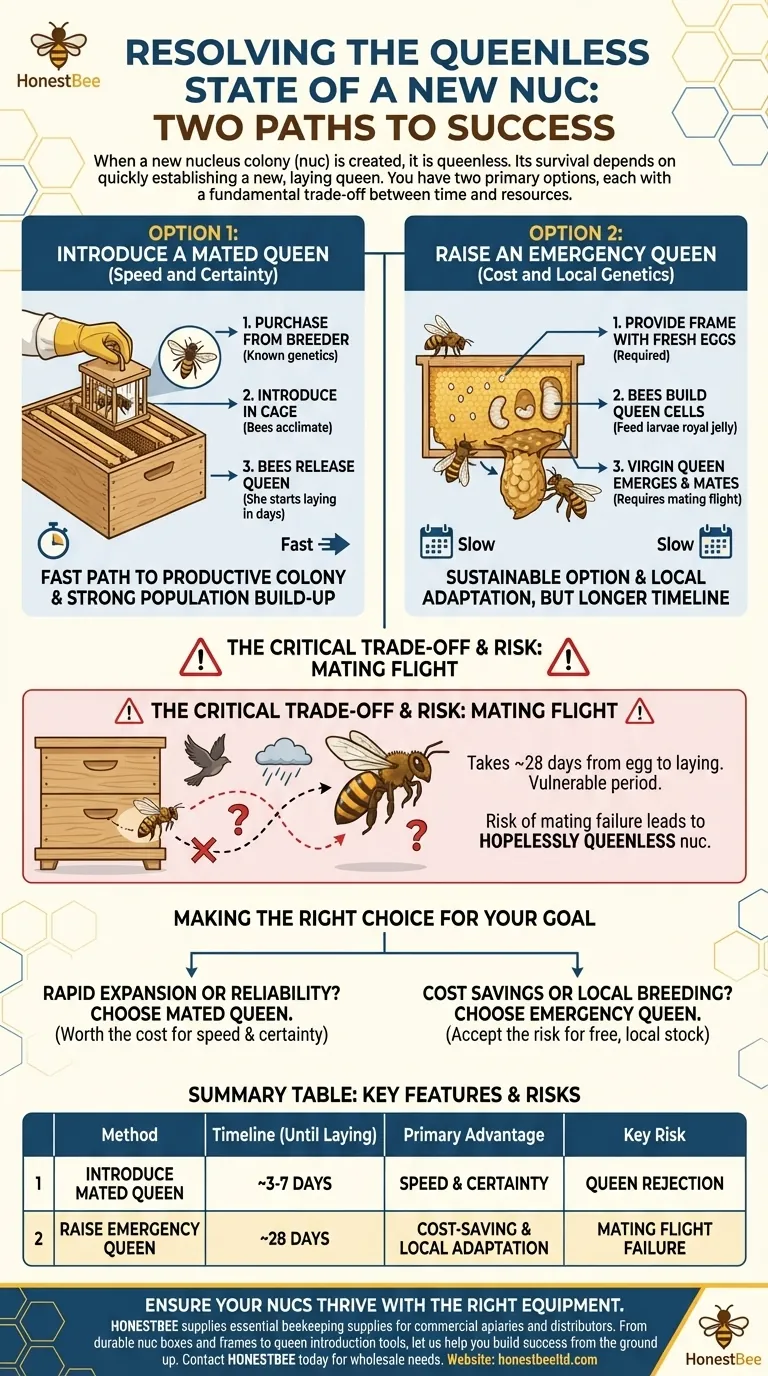
Related Products
- Multi-Function Queen Roller Cage and Catcher
- Professional Multi-Compartment Queen Cage with Sliding Lid
- Professional Multi-Functional Queen Bee Cage
- Durable Galvanized Steel Spring Queen Bee Cage
- Professional Queen Cage with Sliding Gate and Feeder Plug
People Also Ask
- How should a queen cage be maintained over time? Ensure Queen Introduction Success
- What items are needed to place the queen bee's cage in the hive? A Guide to Successful Queen Introduction
- When are queen cages typically used in beekeeping? Ensure a Successful Queen Introduction
- What are the consequences of an early-emerging virgin queen? Prevent Hive Chaos and Protect Your Queen Line
- What are the components of a standard queen cage? A Guide to Safe Queen Introduction
